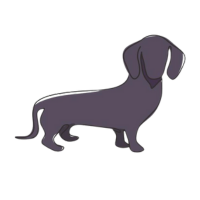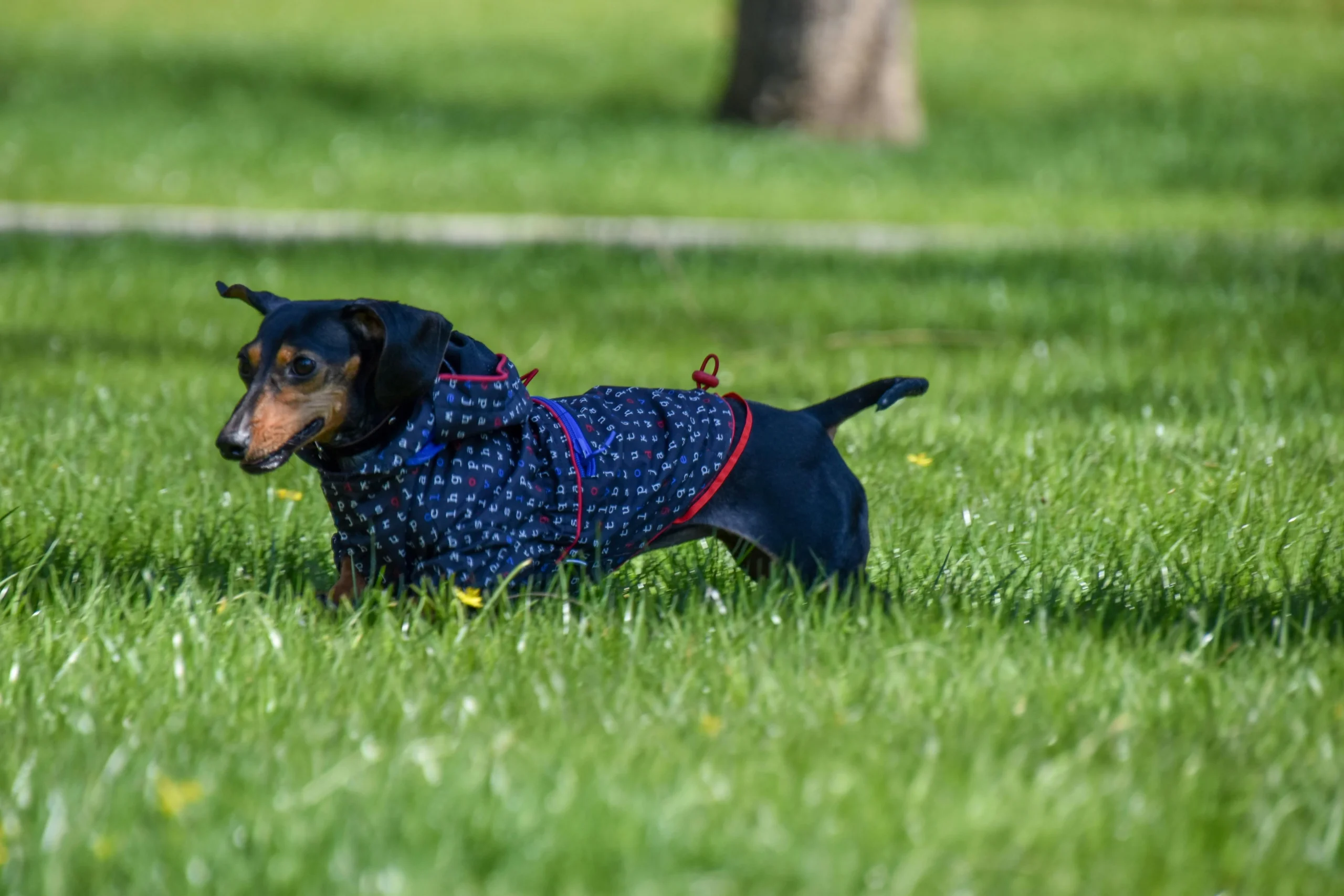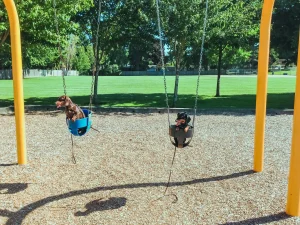Key Takeaways
- Size Difference: Standard dachshunds weigh 16-32 pounds, while miniatures weigh under 11 pounds.
- Height: Standards are 8-9 inches tall, miniatures are 5-6 inches tall.
- Lifespan: Both varieties typically live 12-16 years, with miniatures potentially living slightly longer.
- Temperament: Generally similar, but miniatures can be more energetic and vocal.
- Exercise Needs: Standards require more exercise than miniatures.
- Health Concerns: Both are prone to back problems, but miniatures may have more dental issues.
- Cost: Miniatures are often more expensive due to smaller litter sizes.
- Living Space: Miniatures adapt better to smaller living spaces.
Introduction to Dachshund Varieties
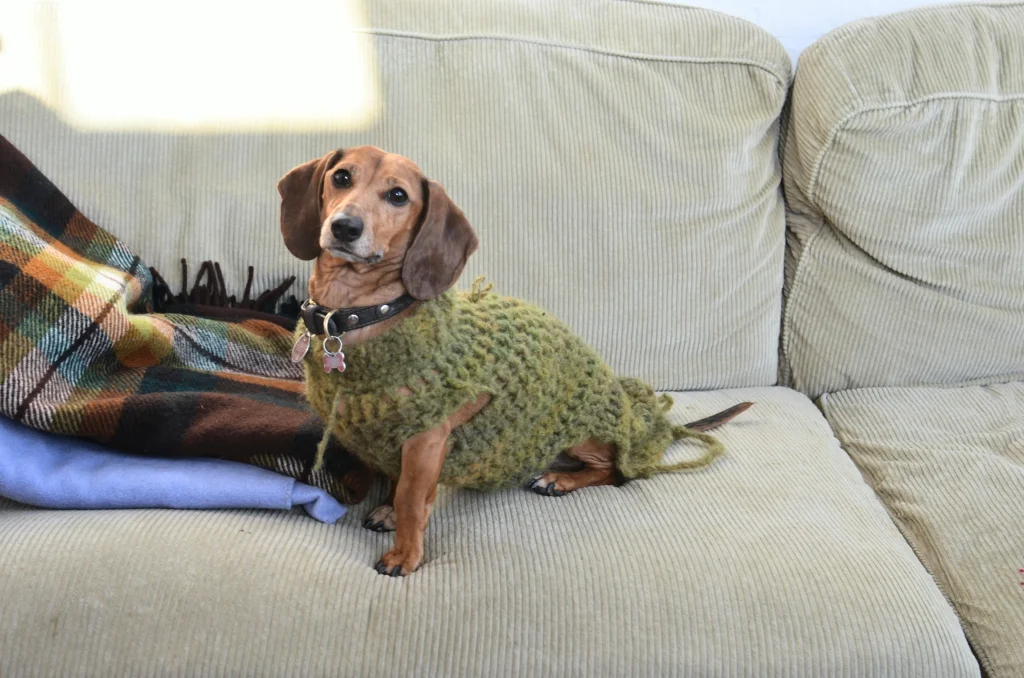
Dachshunds, also known as “wiener dogs” or “sausage dogs,” come in two main size varieties: standard and miniature. These lovable, long-bodied dogs have captured the hearts of many dog lovers worldwide. Both sizes can make wonderful companions, each with their own unique characteristics.
According to the American Kennel Club (AKC), dachshunds consistently rank among the top 10 most popular dog breeds in the United States. This popularity spans both standard and miniature varieties, showcasing their appeal across different lifestyles.
Size and Weight Comparison
The most obvious difference between standard and miniature dachshunds is their size. Here’s a breakdown of their typical measurements:
Standard vs. Miniature Dachshunds
Size & Weight
Standard: 16-32 lbs, 8-9″ tall.
Miniature: Under 11 lbs, 5-6″ tall.
Exercise Needs
Standard: 30-60 min/day.
Miniature: 15-30 min/day.
Temperament
Standard: Laid-back, quieter.
Miniature: Energetic, vocal.
Health
Common Issues: Back problems (both).
Miniature: More dental issues.
Best Fit
Standard: Homes with space.
Miniature: Small spaces/apartments.
Many first-time dachshund owners are surprised by the significant size difference between the two varieties. It’s like having a fun-sized version of the same lovable breed!
Physical Characteristics
Both standard and miniature dachshunds share the same distinctive long body and short legs. They come in three coat types: smooth, wire-haired, and long-haired. The coat types are available in both size varieties.
The physical proportions of standard and miniature dachshunds are quite similar. The main difference is the overall scale. Miniatures look like smaller versions of their standard counterparts.
Temperament and Personality
Dachshunds, regardless of size, are known for their bold and sometimes stubborn personalities. They’re intelligent, curious, and often quite vocal. However, there are some subtle differences between the two varieties:
Standard Dachshunds:
- Generally more laid-back
- Can be a bit more patient with children
- Often quieter than miniatures
Miniature Dachshunds:
- Tend to be more energetic
- Can be more vocal and “yappy”
- Sometimes more prone to separation anxiety
Surveys suggest that miniature dachshunds bark more frequently than their standard counterparts. About 60% of miniature owners report high vocalization levels compared to 40% for standard dachshund owners. This “big dog” attitude in a small package can be both endearing and challenging for owners.
Exercise and Activity Needs
Both varieties of dachshunds need regular exercise to stay healthy and prevent obesity. However, their exercise requirements differ slightly:
Exercise Needs: Standard vs. Miniature Dachshunds
Standard Dachshunds
Daily Exercise: 30-60 minutes
Best Activities: Long walks, outdoor play
Energy Level: Moderate to high
Endurance: Handles longer activities well
Miniature Dachshunds
Daily Exercise: 15-30 minutes
Best Activities: Short walks, indoor games
Energy Level: High
Endurance: Prefers short bursts of activity
Surveys indicate that miniature dachshund owners report an average of 20 minutes of exercise per day for their pets, while standard owners report closer to 45 minutes. This difference in exercise needs can be a crucial factor when choosing between the two varieties.
Health Concerns and Lifespan
Both standard and miniature dachshunds are prone to certain health issues due to their unique body shape. The most common concern is Intervertebral Disc Disease (IVDD), which affects their spine. Research indicates that approximately 25% of dachshunds will experience IVDD at some point in their lives, with miniatures being at a higher risk due to their body structure.
Standard Dachshunds:
- More prone to hip dysplasia
- May develop arthritis in later years
- Average lifespan: 12-16 years
Miniature Dachshunds:
- More susceptible to dental problems
- May have issues with kneecaps (patellar luxation)
- Average lifespan: 12-16 years, potentially slightly longer than standards
Regular vet check-ups are crucial for both varieties. Proper care and attention to their unique needs can help prevent many health issues. It’s worth noting that dachshunds are prone to obesity, with studies showing that nearly 40% of dachshunds are overweight or obese, which can exacerbate health issues like IVDD.
Training and Socialization
Dachshunds, regardless of size, can be stubborn and independent. Early training and socialization are crucial for both varieties. Here’s what experienced trainers have observed:
Standard Dachshunds:
- Often easier to train due to food motivation
- May be more patient during training sessions
- Can be more resistant to physical handling
Miniature Dachshunds:
- May be more easily distracted during training
- Often respond well to positive reinforcement
- Can be more sensitive to correction
A study found that about 70% of dachshund owners reported challenges in training their dogs due to stubbornness. However, those who used positive reinforcement techniques saw a 50% increase in training success. This underscores the importance of consistent, positive training methods for both varieties.
Living Space Requirements

One of the most significant factors in choosing between standard and miniature dachshunds is your living space. Here’s what to consider:
Standard Dachshunds:
- Adapt well to houses with yards
- Need more space to move around indoors
- May not be ideal for small apartments
Miniature Dachshunds:
- Perfect for apartments or small homes
- Require less indoor space
- Can be easily carried and transported
Studies show that around 30% of miniature dachshund owners live in apartments, highlighting their adaptability to smaller living spaces compared to standard dachshunds. This makes miniatures a popular choice for urban dwellers or those with limited space.
Cost Considerations
The cost of owning a dachshund can vary depending on the size variety. Here’s a general breakdown:
Standard Dachshunds:
- Usually less expensive to purchase
- Higher food costs due to larger size
- May have higher veterinary costs for some procedures
Miniature Dachshunds:
- Often more expensive to purchase
- Lower food costs
- May have more frequent dental cleanings
The average annual cost of owning a dachshund can range from $1,000 to $2,500, depending on factors such as size, health care needs, and grooming requirements. Miniature dachshunds often incur higher dental care costs due to their predisposition to dental issues. Pet insurance for dachshunds averages around $40-$60 per month, with miniature dachshunds sometimes having higher premiums due to increased dental care needs.
Grooming Needs
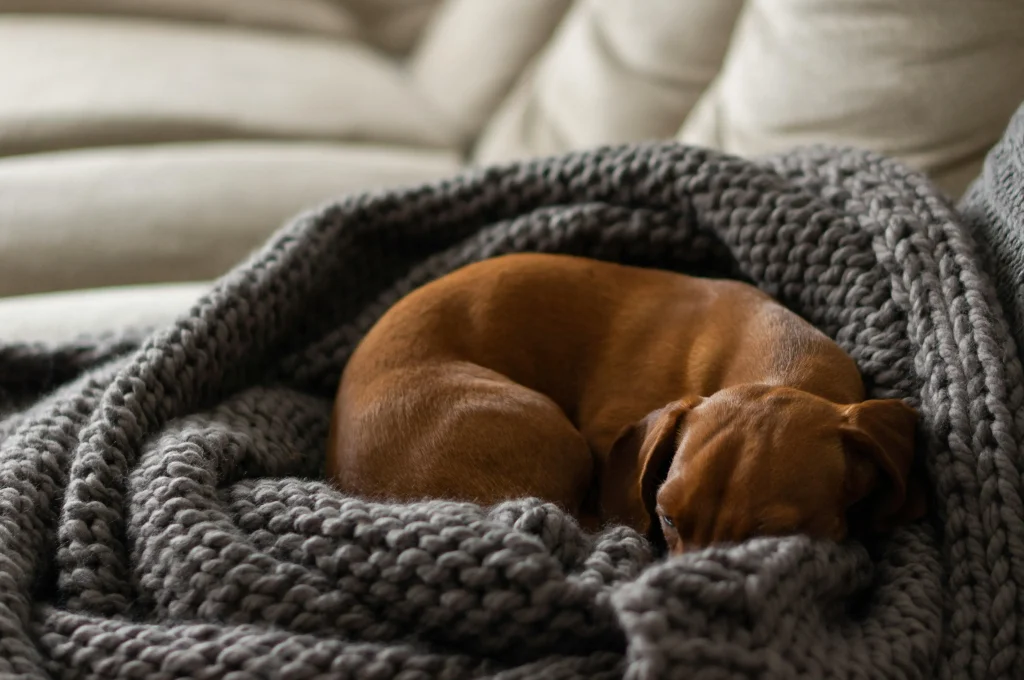
Grooming requirements for dachshunds depend more on their coat type than their size. However, there are some size-specific considerations:
Standard Dachshunds:
- May need more frequent baths
- Require more time for brushing (especially long-haired)
- Nails may need trimming less often due to more wear
Miniature Dachshunds:
- Easier to bathe and dry
- Quicker to brush and groom
- May need more frequent nail trims
The grooming process is generally quicker for miniatures simply due to their smaller size.
Compatibility with Children and Other Pets

Both standard and miniature dachshunds can make great family pets. However, their interactions with children and other pets may differ:
Standard Dachshunds:
- Often more tolerant of rough play
- Less likely to be accidentally injured by children
- May be more accepting of other large dogs
Miniature Dachshunds:
- Need more supervision around young children
- May be intimidated by larger dogs
- Often get along well with other small pets
It’s important to teach children how to properly interact with dachshunds, especially miniatures, to prevent accidental injuries.
Choosing Between Standard and Miniature Dachshunds
Deciding between a standard and miniature dachshund ultimately comes down to your lifestyle and preferences. Consider these factors:
- Your living space
- Your activity level
- Your experience with dogs
- Your ability to provide proper care and attention
Many dachshund enthusiasts have found joy with both varieties. The key is to match the dog’s needs with your lifestyle.
Read More:
Frequently Asked Questions
What is the difference between standard and miniature Dachshunds?
Standard dachshunds weigh 16-32 pounds and stand 8-9 inches tall, while miniatures weigh under 11 pounds and are 5-6 inches tall. Standards need more exercise and are generally quieter, while miniatures adapt better to small spaces.
Do mini Dachshunds live longer than standard Dachshunds?
Both varieties typically live 12-16 years, though miniatures may live slightly longer with proper care.
Are mini dachshunds better than standard dachshunds?
Neither is better – they suit different lifestyles. Miniatures work well in apartments and need less exercise. Standards handle rough play better and may be calmer.
What are the cons of a miniature dachshund?
They can be more vocal, may have dental issues, need careful handling due to their small size, and can be more expensive to purchase. They also might need more supervision with children.
Are mini dachshunds high maintenance?
They need regular grooming, dental care, and attention to prevent separation anxiety. Their small size requires careful handling to prevent injuries.
Are mini dachshunds good dogs for beginners?
They can be good for beginners but need consistent training and socialization. Their stubborn nature might challenge first-time owners.
Are mini dachshunds good for apartments?
Yes, their small size makes them excellent apartment dogs. They need less space and shorter exercise sessions.
Can a Miniature Dachshund be left alone?
They can be left alone with proper training but may develop separation anxiety. They do best with regular companionship.
How much exercise do dachshunds need per day?
Miniatures need 15-30 minutes daily while standards need 30-60 minutes of exercise each day.
Can a Dachshund be left alone for 8 hours?
While possible with training, it’s best to provide a mid-day break or companion. They’re social dogs who prefer company.
